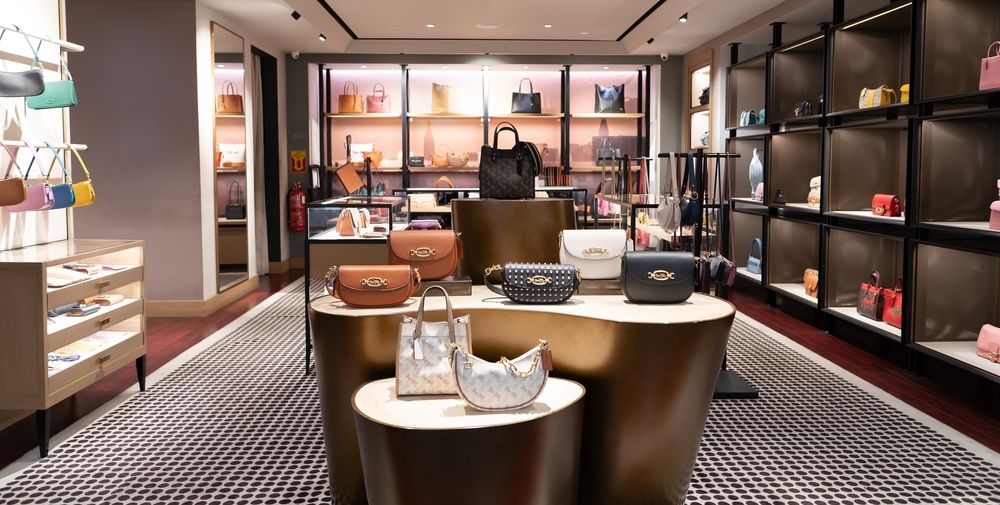

It was in the 16th century that France began to take an interest in leather tanning, which had been practiced in Morocco since the Middle Ages. The Renaissance saw the development of factories aiming to achieve excellence in fields such as ceramics, glassmaking and tapestry. To these productions of rare and precious objects was added leatherwork (a name that reflects the Moroccan origin of the know-how) with the founding of the Royal Leather Manufactory in 1749.
Since then, the sector has continued to flourish, thanks to a constantly enriched and renewed range of products: travel items, belts, watch straps, wallets, luxury shoulder bag for men...
This diversification and the demand for quality have made France one of the world leaders in leather goods, with over 400 specialized companies throughout the country.
The star among the stars of this precious know-how is the handbag, popularized by luxury brands such as Longchamp, Louis Vuitton and Lacoste.
Since 2012, France has produced around 8 million pieces of this symbol of refinement and elegance every year! A consecration for an accessory that first appeared in Antiquity, when women and men alike were already using it to carry their personal belongings.
This utilitarian function was reinforced in the Middle Ages, when bags were mostly worn on the belt, before the Renaissance made them a highly prized object for aristocrats. The development of the bourgeoisie in the 18th and 19th centuries, followed by the growing independence of women in the 20th, accelerated the democratization of the handbag, even if the status aspect remains today.
High-quality materials, impeccable stitching, innovative shapes, emblematic motifs, serial numbers...: in France, leather goods are a concentrate of know-how and exacting standards that have gradually transformed the handbag from a functional object into an essential element of fashion and luxury. Some bag models have even become veritable collector's items, such as the Birkin by Hermès or the 2.55 by Chanel.
The origins of leather goods lie in the use of tanned cow, goat or calf hides, appreciated for their suppleness, resistance and aesthetic appeal.
A noble leather, but one whose animal origin is less and less in tune with consumers' ecological aspirations.
In addition to a return to vegetable tanning (based on wood, bark, berries or leaves that are naturally rich in tannins and therefore have a reduced impact on the environment), the sector remains true to its tradition of innovation, for example by increasingly using:
Reasoned quantities, short circuits, management that favors the local economy or inclusion, guaranteed animal-cruelty-free production... : from Paris to Lyon, in their workshops that have often been handed down from generation to generation, leather craftsmen are always adapting to the times.
And even if ancestral techniques are blended with modern innovations, the same demand endures: to make each piece a unique work of art.
A pillar of the luxury economy, contributing to France's worldwide renown, Made in France leather goods still have a bright future ahead of them.